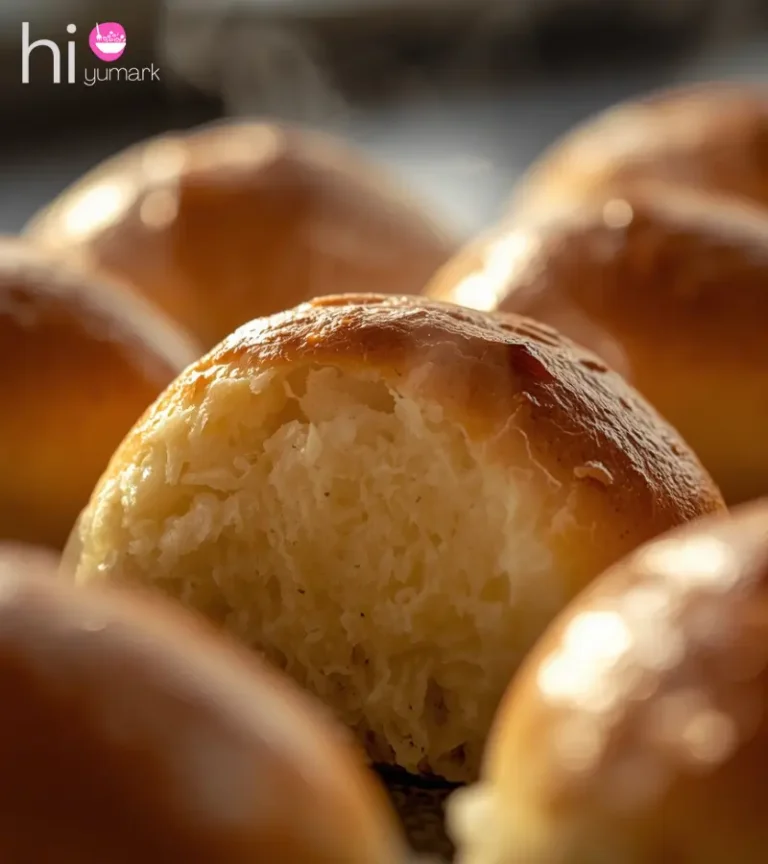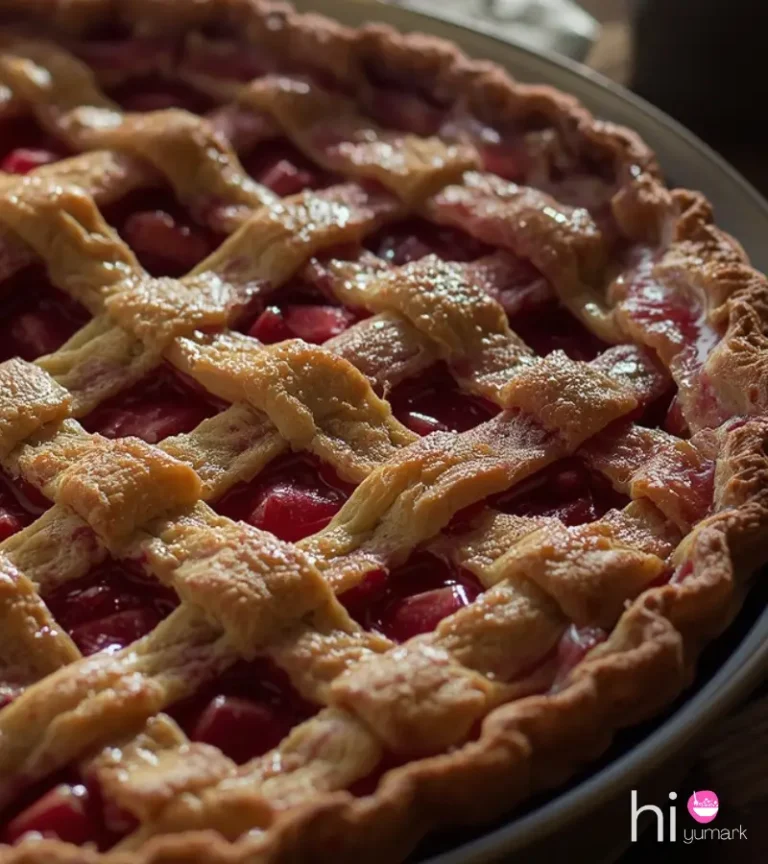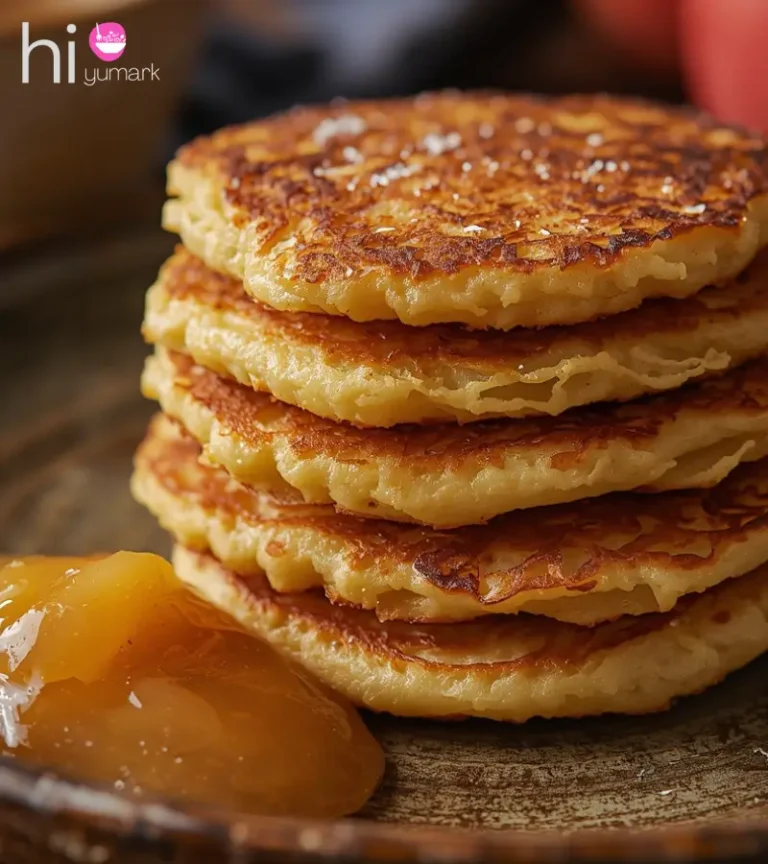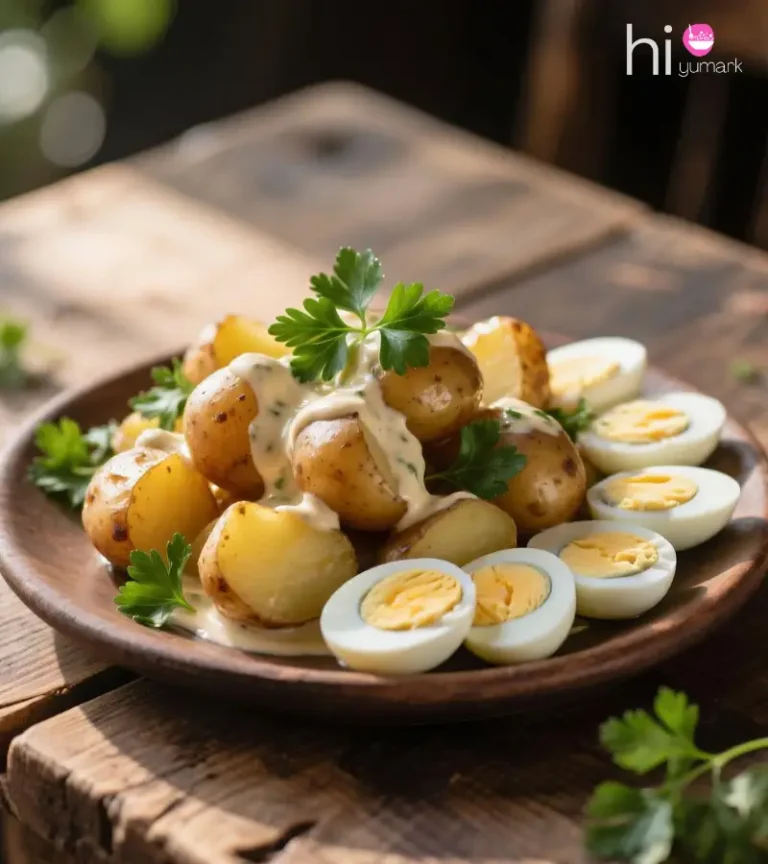Why Does Amish Banana Bread Stay Moist Without Oil?
Bite into a slice of Amish banana bread, and you’ll notice something strange – it’s moist, soft, and rich… yet there’s no oil in sight. The secret? Ripe bananas and a baking style that locks in every drop of moisture.
In short, Amish banana bread stays moist without oil because ultra-ripe bananas bring their own natural moisture and sweetness. Slow baking at lower heat also helps the crumb stay tender instead of drying out. Some bakers even wrap the loaf while it’s still warm to trap steam.
In this article, we’ll dig into every reason why Amish banana bread turns out so perfectly moist without using a single drop of oil – plus tips you can use in your own kitchen.
What Makes Amish Banana Bread Moist Even Without Oil?
Ripe bananas are the real MVP. They’re loaded with water and natural sugars that soften the crumb. When mashed, they blend into the batter like a creamy fat substitute.
Many Amish recipes also use butter, eggs, and sugar – all of which help hold moisture in. Sugar attracts water, while eggs add structure that locks in softness.
Another secret is the bake temperature. Some Amish bakers go as low as 250°F. This slow bake lets the center cook without forcing out moisture.
How Ripe Should Bananas Be?
The browner, the better. Bananas with speckled skins and soft flesh are at peak sweetness and moisture.
Green or just-yellow bananas don’t have enough natural sugars or liquid. Use them, and your loaf will be drier and less flavorful.
If your bananas aren’t ripe enough, you can speed-ripen them by baking (skin on) at 300°F for about 15 minutes until they turn black.
Substitutions That Help Maintain Moistness Without Oil
Replacing oil with bananas works, but there’s a trade-off: banana bread without fat can dry out faster over time.
Butter is a common choice in Amish recipes. It adds flavor and some moisture while keeping the bread tender.
Some bakers also mix in yogurt or sour cream for extra richness. These dairy additions give a creamy texture without making the loaf heavy.
How Baking Method Affects Moisture Retention
Baking at a lower temperature is key. Slow heat means the outer crust won’t overcook while the inside bakes through.
Many Amish cooks also avoid overmixing. Too much stirring develops gluten, which can make bread tough. Gentle mixing keeps the crumb soft.
Finally, letting the bread cool in the pan for 10 minutes before removing it helps it set without losing moisture too quickly.
Why Wrapping or Bagging Keeps Banana Bread Moist
Some Amish bakers wrap their banana bread in foil or seal it in a plastic bag while it’s still slightly warm.
This traps steam, which re-absorbs into the bread, keeping it soft for days.
Just don’t wrap it when it’s piping hot – that can cause sogginess or mold. Let it cool for about 15–20 minutes first.
What Home Bakers Say (Community Tips)
On Reddit, many bakers note that banana bread without oil is moist right after baking but can dry faster.
To fix this, they recommend:
- Using very ripe bananas (almost black skins)
- Adding a little extra banana if the recipe feels dry
- Wrapping the loaf in plastic wrap overnight before slicing
Others swear by freezing slices individually – when thawed, the moisture comes right back.
Frequently Asked Questions
Can I skip oil in banana bread and keep it moist?
Yes – but use extra-ripe bananas and consider butter, yogurt, or sour cream for added tenderness.
What’s the Amish secret to moist banana bread?
Slow baking, ripe bananas, and wrapping the loaf after baking.
How long does banana bread without oil stay moist?
Usually 2–3 days at room temperature, longer if wrapped well or frozen.
Conclusion
Amish banana bread proves you don’t need oil to make a soft, rich loaf. The moisture comes from nature’s own ingredient – bananas – and a gentle baking process that preserves it.
By using very ripe bananas, baking low and slow, and wrapping the bread while warm, you can recreate that same tender texture at home.
So next time you spot those speckled bananas on your counter, you’ll know exactly how to turn them into a loaf that’s just as moist as the Amish make it – no oil required. And if you loved these tips, stick around… we’ve got plenty more old-fashioned baking secrets coming your way.
Read related Amish recipe queries






